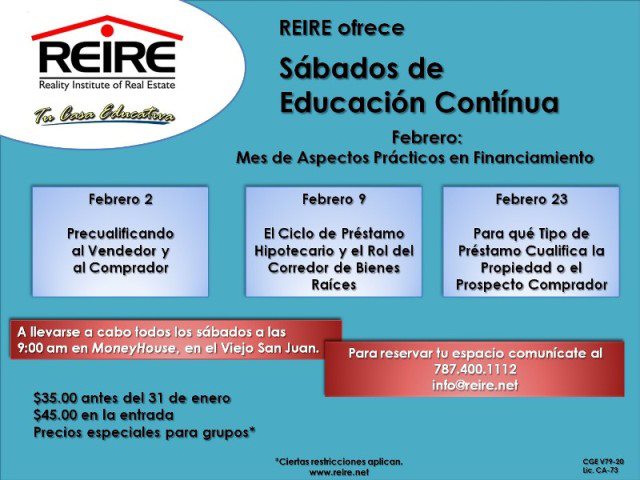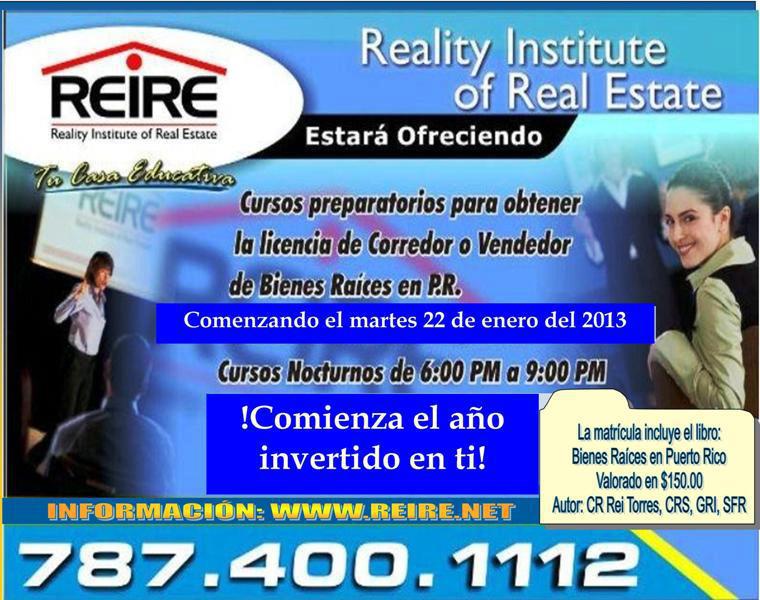 Well, its that time againtime to start rolling out the New Years resolutions. Some of us will vow to eat less, exercise more, live in the moment, be more grateful. You may even decide to bury the hatchet with the family member who makes you so crazy.
Well, its that time againtime to start rolling out the New Years resolutions. Some of us will vow to eat less, exercise more, live in the moment, be more grateful. You may even decide to bury the hatchet with the family member who makes you so crazy.
But what about your New Years business resolutions?
This time of year is a great time to start makingand keepingbusiness resolutions, too. But sadly, like our personal goals, we often make them (year after year) with sincere intent only to see them quickly fall by the wayside, as we revert to (bad) habits that we have vowed to break.
But what about the most successful people and their resolutions? Have you noticed how the most accomplished people just seem to identify important things and consistently get them done?
Study successful people long enough and you start to pick up on the resolutions they seem to consistently make.
Here are ten of my favorites:
#1 Spend more time on the not-to-do list
Strategy is the art of sacrifice. Thats why you may consider creating a larger clearing for what really matters by first identifying, and then avoiding, what matters the least. Your time is a treasure to be invested. Creating a list of things that you are not going to do, allows you to invest more of your treasured time on the few things that matter the most.
#2 Essential first, email second
Whats the first thing you do in the morning? For many of us, it is looking at email. We wake up with a renewed mind and spirit, ready to take on the world, and then we immediately allow ourselves to be distracted by an insignificant email. Instead, wake up, take on the most important task of the day, and then (and only then) hit the email.
#3 Resolve to think about Who instead of What
Do you work for a What business or for a Who business? Successful companies run the risk of focusing too much on their current products and distributors thusthe Whatlosing sight of the constant and dramatically changing needs of their customer base. (The Who.) Insurance, pharma, health care, higher education often listen too much to their agents, doctors and professors. The real innovation starts with the end consumer.
#4 Resolve to find your purpose
As my friend Simon Sinek will tell you: People dont buy what you do, they buy why you do it. Starting a career, a company or any kind of journey that is based firmly on your purpose is foundational to success and happiness. If you dont know your companys purpose or even your own, finding one is the worthiest of resolutions.
#5 Resolve to support a cause
If youre reading this, chances are you are one of the rare people who know how to start things. Fortunately, there are people like you who have already started causes that make the world betterthey feed the hungry; they save the rain forest; they fight cancer; they do good things. There is virtually a cause for everyone, and contributing will make your year happier. Promise.
#6 Resolve to invent more choices
Heres a secret that happy people know that I learned from my friend Dr. Dan Baker: You cant feel grateful and fearful at the same time. And one certain way to become afraid is to feel trapped by any situation. The remedy is choice. The more choices you feel you have, the less trappedand happieryou will feel. So this year, resolve to do a bit of brainstorming every time you feel unhappy.
#6 Resolve to invent more choices
Heres a secret that happy people know that I learned from my friend Dr. Dan Baker: You cant feel grateful and fearful at the same time. And one certain way to become afraid is to feel trapped by any situation. The remedy is choice. The more choices you feel you have, the less trappedand happieryou will feel. So this year, resolve to do a bit of brainstorming every time you feel unhappy.
#7 Resolve to find a Yin for your Yang
Walt Disney had Roy Disney, Steve Jobs had Steve Wozniak and Orville Wright had Wilbur Wright. Wherever there is great innovation, there is a Dreamer and an Operator; an Idea Monkey and a (Ring)leader. First, determine where your passions lie, then go find an equally passionate partner, then go change the world.
#8 Resolve to get outside your jar
You cant read the label when you are sitting inside the jar. The sad irony of being an expert is that it keeps you from seeing possibility. After all, you know what works, what doesnt, what you can afford, whats been tried in the past. Instead of relying only on your expertise, learn how to find other experts solving similar challenges to the ones you are facing. Go ask them what you may be missing.
#9 Resolve to be the creator
What is the outcome you want? What stands in your way? How do you overcome these obstacles? These three simple questions will keep you from being victimized by any situation. Creators change the world. Victims just bitch about stuff.
#10 Plan vacations (now)
You have probably heard the saying, Life is what happens when you are not paying attention. Unfortunately for many of us, we let this become true. Do yourself a favor and plan your vacations for the next year today. I promise you that the days around your vacation will fill in nicely. I also promise you that youll have something to look forward to and the life that happens during your vacations will be precious.
Happy New Year. Articulo de Forbes Magazine!










Investors Set Sights on Industrial Sector
Factors such as growing industrial demand, low construction output, and high industrial yields will also increase investor interest in the sector. Increasing trade with emerging foreign markets will also boost the need for warehouse space, according to the predictions.
Projections estimate gross domestic product will rise from 2.0 percent to 2.5 percent this year, with the majority of growth taking place in the latter part of the year.
Download the complete report (registration required).